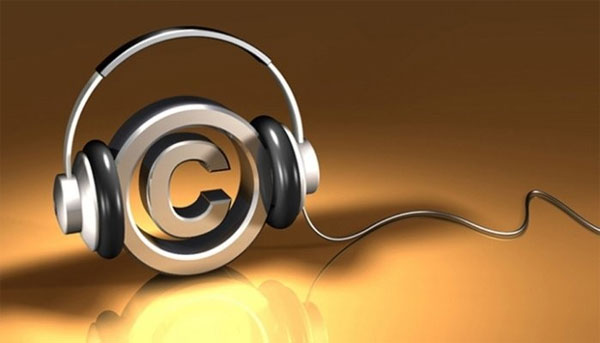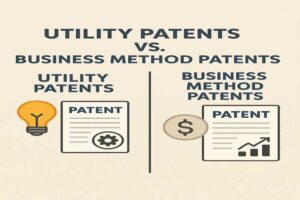First, let’s understand authoring rights:
Mr. Composer Author married Ms. Lyricist Author, and thus they became the Co-Author couple. Together, they embarked on the creative journey of producing music. Their collaboration led to the creation of a Music Score, which can be likened to the DNA of a future musical work. The Music Score is a unique blend of melody and lyrics that represents the foundational essence of the final piece, yet it is incomplete by itself—an unformed vision awaiting realization. Why do we call it “half a baby”? Because, like DNA, the Music Score contains the blueprint of the music but not the music itself. In this state, the music exists in a potential form, encapsulated in notes and words, but without life.
The Authors have what is called “moral rights” to the Music Score. Moral rights are an essential aspect of copyright law that respects the personal and reputational bond between creators and their creations.
Moral rights are Authors’ or Creators’ rights of copyrighted works generally recognized in civil law jurisdictions and, to a lesser extent, in some common law jurisdictions. According to civil law, moral rights include the right of attribution —ensuring that authors are always acknowledged as the creators of their work., the right to have a work published anonymously или pseudonymously, allowing for discretion in revealing authorship. The right to the integrity of the work bars it from alteration, distortion, or mutilation. In essence, moral rights establish a framework that protects the relationship between the author and the work, safeguarding the author’s creative vision and intent.
The Music Score remains merely an idea, waiting for interpretation to bring it to life. Just as a blueprint for a house requires builders to become an actual structure, a Music Score requires performers. Singers and musicians, known as “interpretors,” are the essential contributors who transform the score into a complete Music Work. This metamorphosis is more profound than a caterpillar becoming a butterfly. It is a collaborative process in which a carefully designed plan evolves into a tangible reality. Only when performed does the Music Score become the full-fledged Music Work, a distinct entity with its own identity and soul.
The Co-Authors recognize that their Music Score needs talented interpretors to reach its potential. They know that finding the right interpretors requires connections in the music industry, individuals with influence and access to gifted singers and musicians. Enter Mr. Publisher, a seasoned professional with extensive contacts, including popular and influential artists. He is characterized as a man with a big cigar—a symbolic nod to his status and power within the industry. Mr. Publisher has a keen understanding of the market, and he knows precisely which artists would be best suited to interpret the Co-Authors’ work.
To formalize their collaboration, the Co-Authors enter into a Publishing Agreement with Mr. Publisher. This agreement is a binding contract that establishes the terms and conditions under which the Music Work will be produced and distributed. Under the Publishing Agreement, Mr. Publisher gains entitlement to a share of the patrimonial rights, specifically up to 50%, as these rights are essential for commercialization. Patrimonial rights differ from moral rights in that they can be transferred, and they include the right to exploit the work financially—through sales, licensing, and distribution. However, moral rights remain inalienable and non-transferable; they are permanently tied to the creators. This distinction reinforces the importance of the authors’ connection to their work while also allowing for a profitable collaboration with Mr. Publisher.
Through this partnership, the Music Score is brought to life, transformed into a Music Work that can be enjoyed by audiences and generate revenue. The interpretors add their unique artistry, infusing the work with emotion, interpretation, and resonance that can only emerge in performance. The collaborative nature of this process highlights the complex layers of authorship, interpretation, and ownership in the music industry.
Continued on my article: Story for understanding music Neighboring rights







